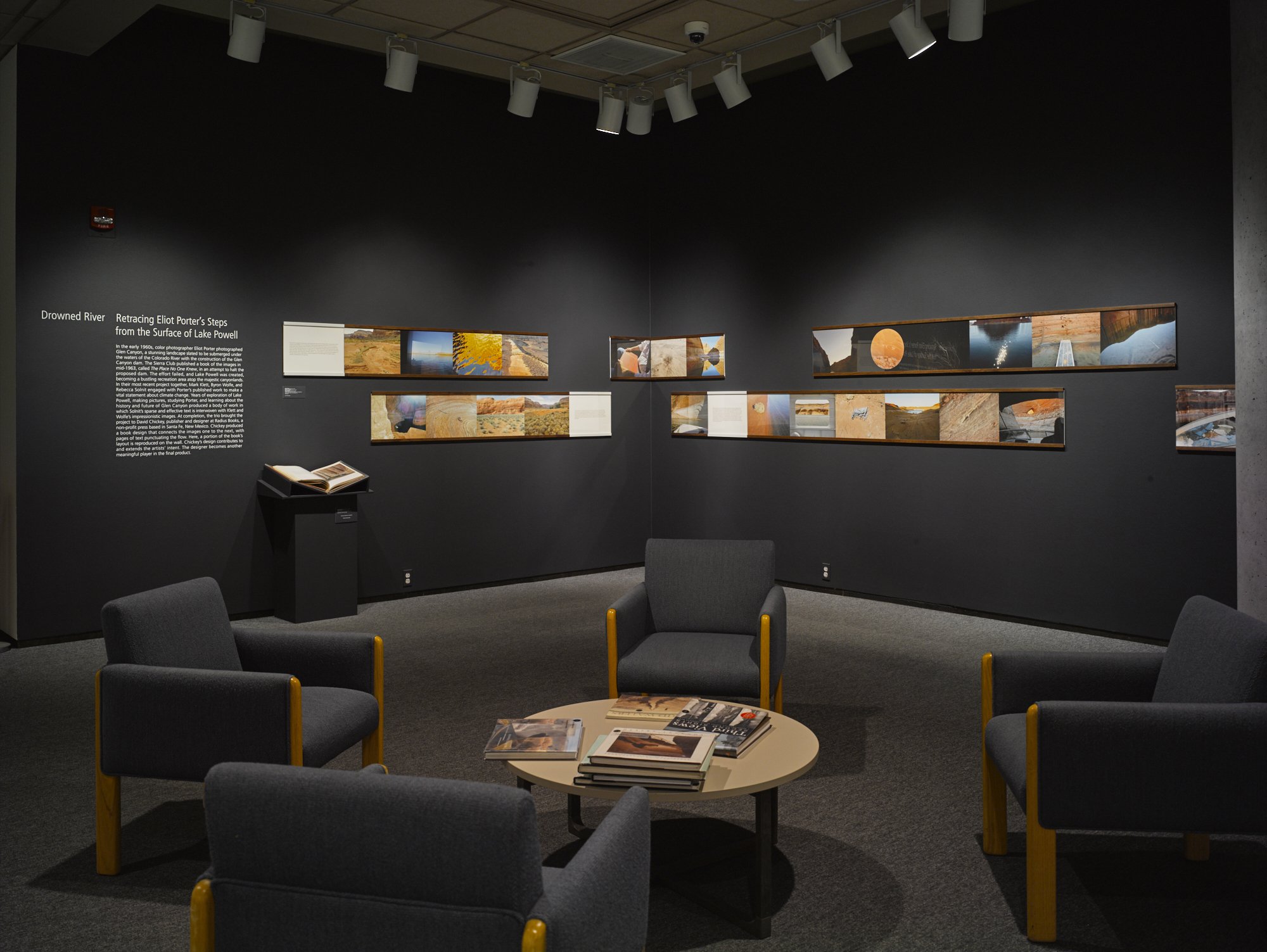2011-2016
DROWNED RIVER
THE DEATH AND REBIRTH OF GLEN CANYON
ON THE COLORADO RIVER
Text by Rebecca Solnit • Photographs by Mark Klett & Byron Wolfe
In 1963 the gates closed on a massive damn, blocking the Colorado River as it flowed passed a seldom-visited scenic wonder called Glen Canyon. The Glen Canyon Dam backed up 170 miles of river water along the border of southern Utah and northern Arizona., creating Lake Powell, the second-largest reservoir in the United States. Glen Canyon itself became submerged by the rising lake water and eventually disappeared completely, but not before it was photography by Eliot Porter and features in a landmark book of color photography, The Place No One Knew: Glen Canyon on the Colorado (Sierra Club, 1963).
Our Project began as a request to consider the challenge of working with a subject we knew would no longer be accessible. Collin Westerbeck, then director of the California Museum of Photographer, asked Byron Wolfe, Rebecca Solnit, and me to reprise the team we created for the Yosemite in Time Project and collaborate once again in searching for what could be found of Porter’s Glen Canyon.
Drowned River reproduced parts of Porter's Sierra Club book in a similar way that the book ad El Camino del Diablo reproduced pages from Raphael Pumpelly's narrative. Along with The Half-Life of History, these three books form a kind of historically based triptych. Each relies on a historical account that is not image-based, and each responds to the historical narrative in ways that are as visually poetic as they are descriptive.
The Place No One Knew, Glen Canyon on the Colorado by Eliot Porter (shown above) was published by the Sierra Club in 1963, and marked the confluence of photography and environmental activism in response to the building of the Glen Canyon dam.
Porter's book became an elegy for a natural wonder lost in the name of growth and development.
In 2011, we began searching for what remained of Porter's vision, and found instead the reemergence of the river and questions about climate and the folly of human endeavors to control nature.
We retraced the locations where Porter made his photographs, now mostly submerged by the lake's waters. Rebecca wrote on meanings and histories, drawing from our explorations and archival research. Mark and Byron made photographs in response to Porter's original works, but reflecting the realities of the present-day, a watery place of recreation in a desert, slowly drying up and filling with sediment. The project's goal was to describe beauty and trouble simultaneously, and to explore coming to terms with the enormous scale of environmental changes we have set in motion.
The dam was considered a long term transformation of the land, and environmentalists mourned the loss of Glen Canyon, a natural wonder, as dead and gone forever. But it's coming back, in a victory that is also the pervasive disaster of climate change. There isn't enough water in our new age, and so the world that drowned half a century ago is reappearing.
The fieldwork for the project required boats, as that was the only way to explore the immense lake which is largely inaccessible by roads. The fieldwork was completed in 2016, and in April of 2017 text and photographs from the project were first published in an article Rebecca wrote for California Sunday Magazine. Later that summer we met with David Chickey of Radius Books and discussed how to organize the work into book form. This resulted in the book Drowned River: The Death and Rebirth of Glen Canyon on the Colorado, 2018. In designing the book, and sequencing the images with the text in a way that referenced Porter's book, we considered David the fourth collaborator on the project.
— Rebecca Solnit from Seeing Time
Over and over again we returned to Lake Powell, the big reservoir behind Glen Canyon Dam on the Arizona-Utah border, to try to understand what this place had been and will be, to try to come to terms with what it means to float on still water hundreds of feet above where a river once flowed. to watch the places fate become clear over the years we explored the unstable relationship between sky. land, and water. The place with two conflicting names - Glen Canyon for what it had been and will be.
Lake Powell for what it has been for half a century - was a good place to think about the madness of the past and the terror of the future, amid the epiphanies of beautiful light and majestic space and the contradictions of the present.
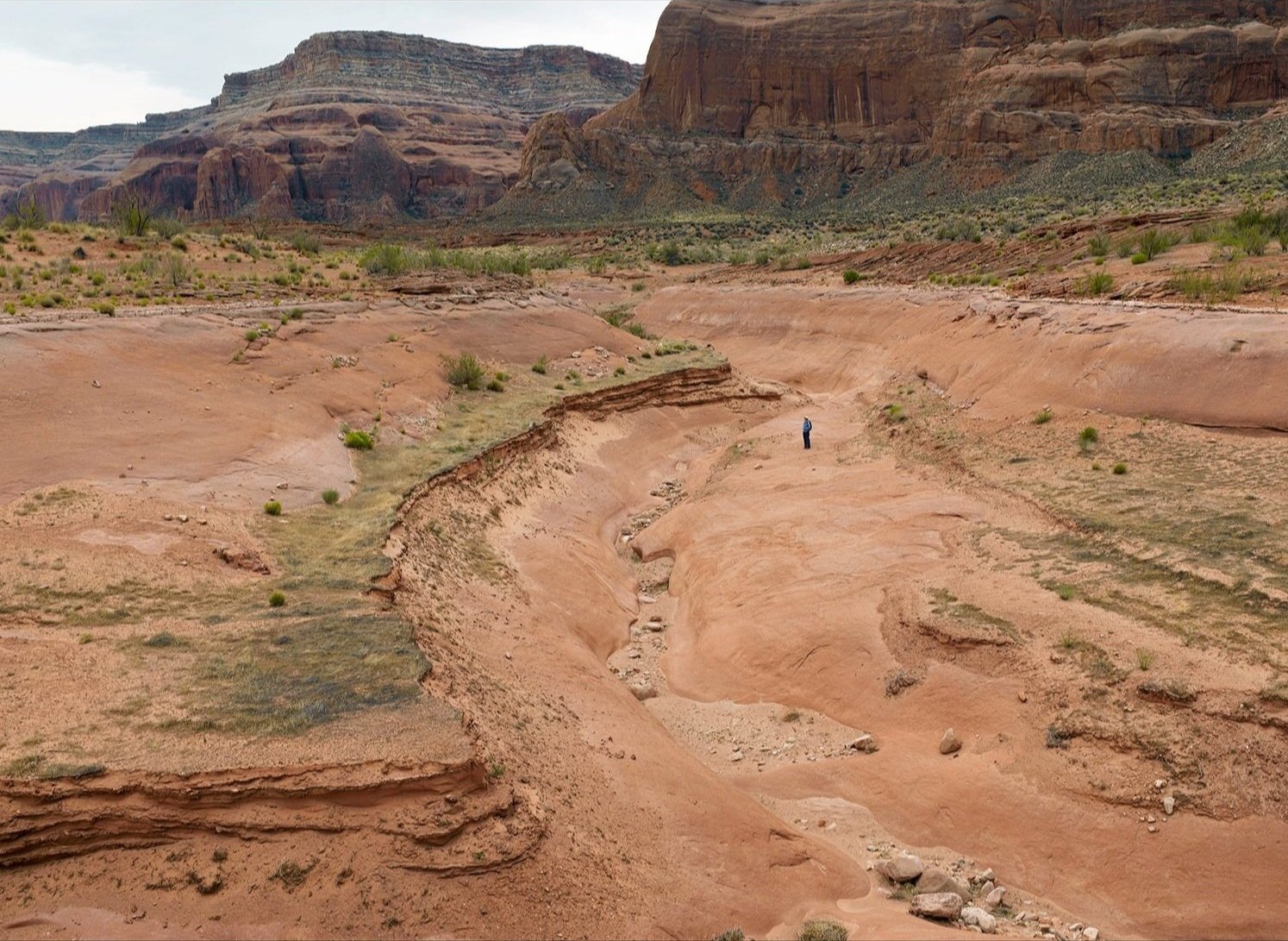

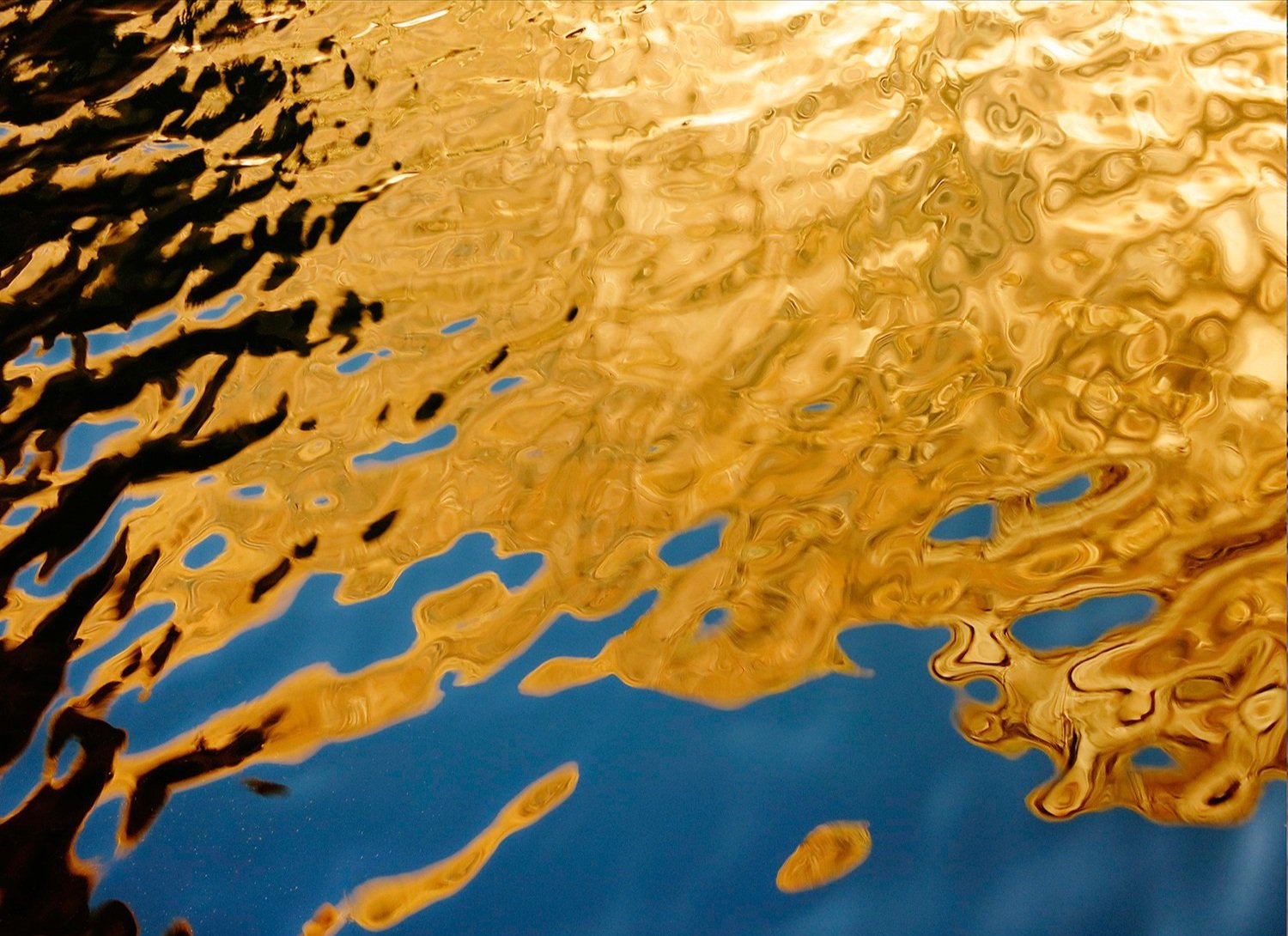







We were trying to see beneath the surface of the present to find the past. Somewhere below us, beyond us, was an intricate stone passage, across whose sandy floor half a century before, the environmental photographer Eliot Porter had walked up the narrow bottom of Dungeon Canyon to make color pictures of the dry world about to drown. His images of Dungeon Canyon’s depths shows a narrow sculptural space of twisting red-brown stone walls and light filtering down to make one wall glow carnelian. Now that’s buried treasure you can only see in photographs.
Climate change means that Lake Powell’s fate is inseparable from that of the global climate. The 15 million acre feet of water the river was supposed to annually supply for human use was an unrealistic overallocation even before climate change spelled out a hotter, dryer future for the southwest. That future is our present. Lake Powell is failing, and its failure means that Glen Canyon is reappearing. Most reports on the failure of Lake Powell describe the bathtub ring. As water levels have dropped, the lower lake’s stone walls emerged whitewashed by mineral deposits. The highest water recorded at Powell was around 3700 feet above sea level. In the past five years, levels have been 75 to 100 feet lower than that. Thus there is a chalky ring the height of a several-story building along hundreds of miles of shoreline. The ring is evidence of change at the lower end of what used to be a body of water about 183 miles long.
It’s now about 153 miles long.
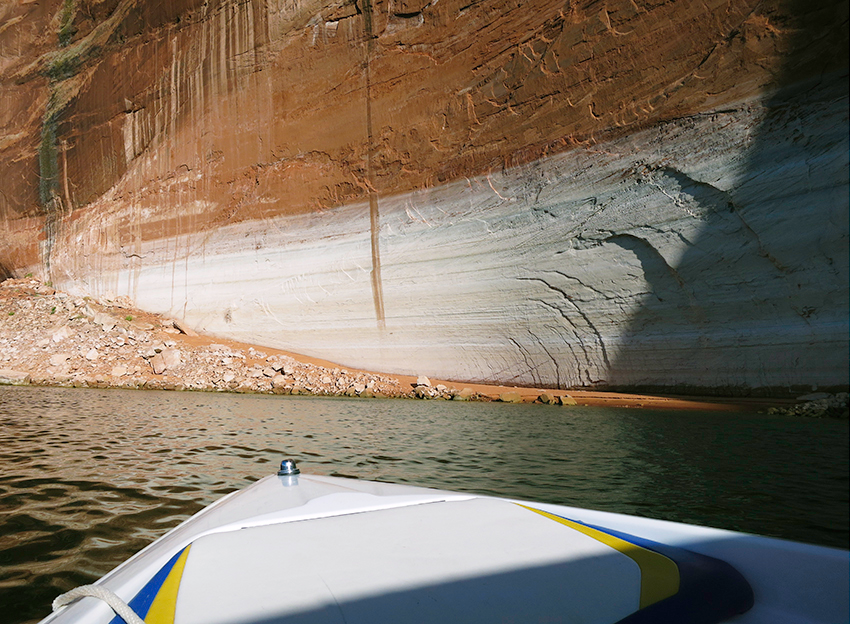
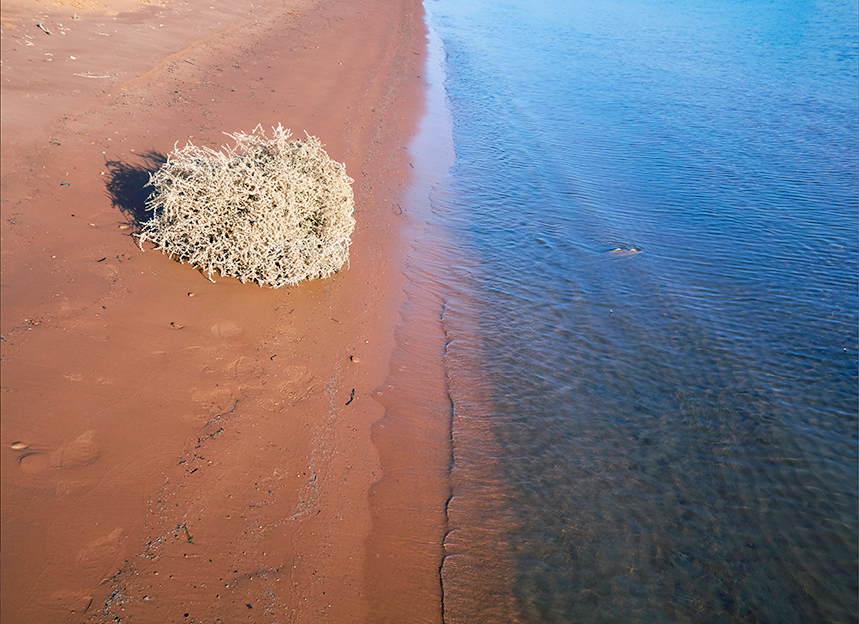
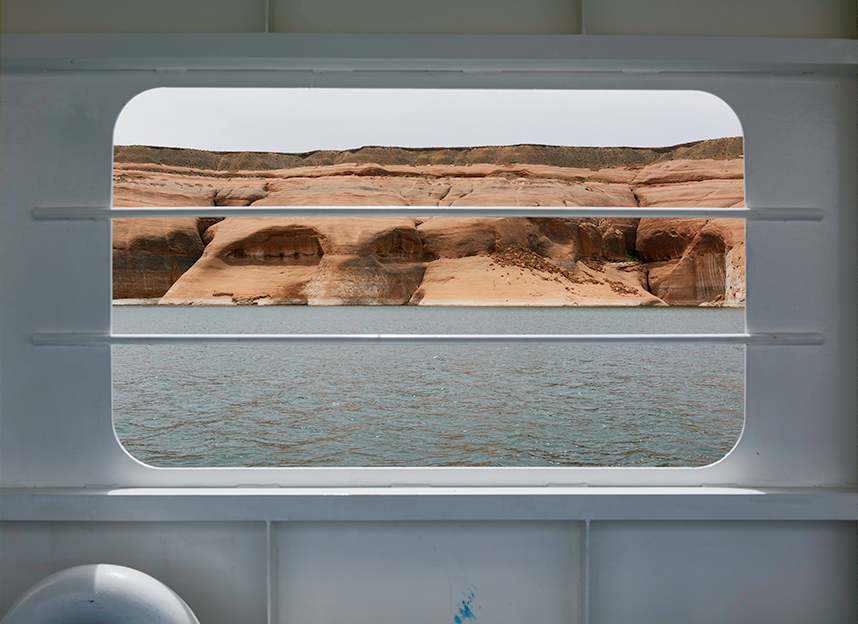
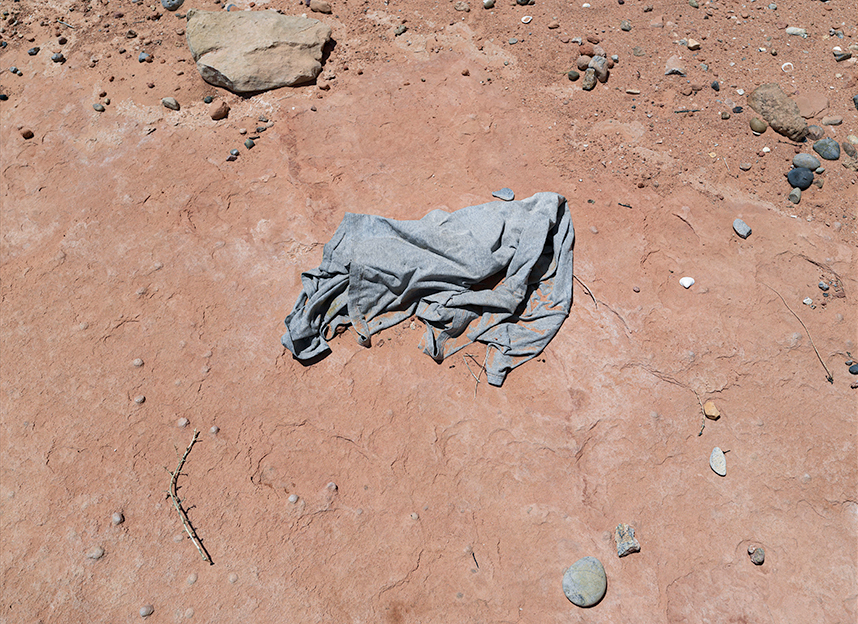
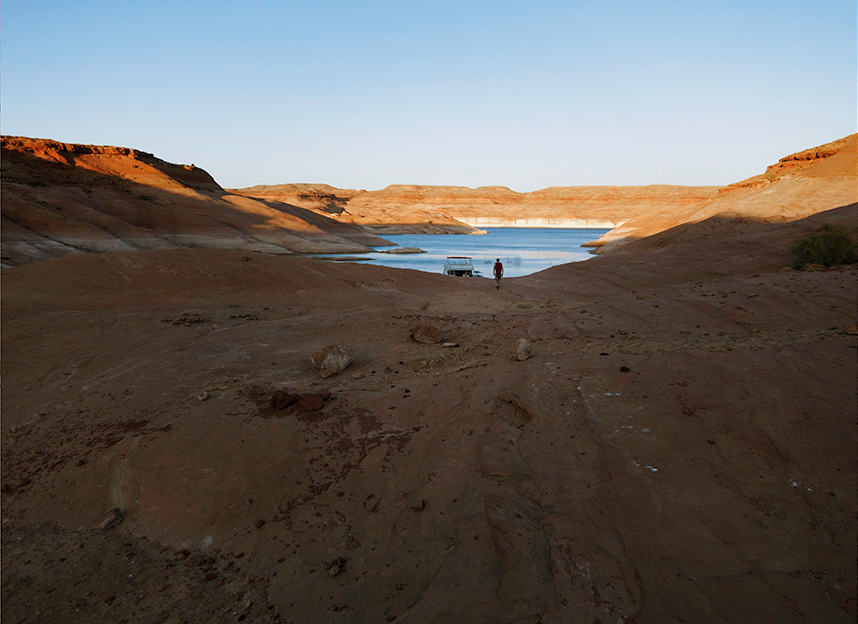
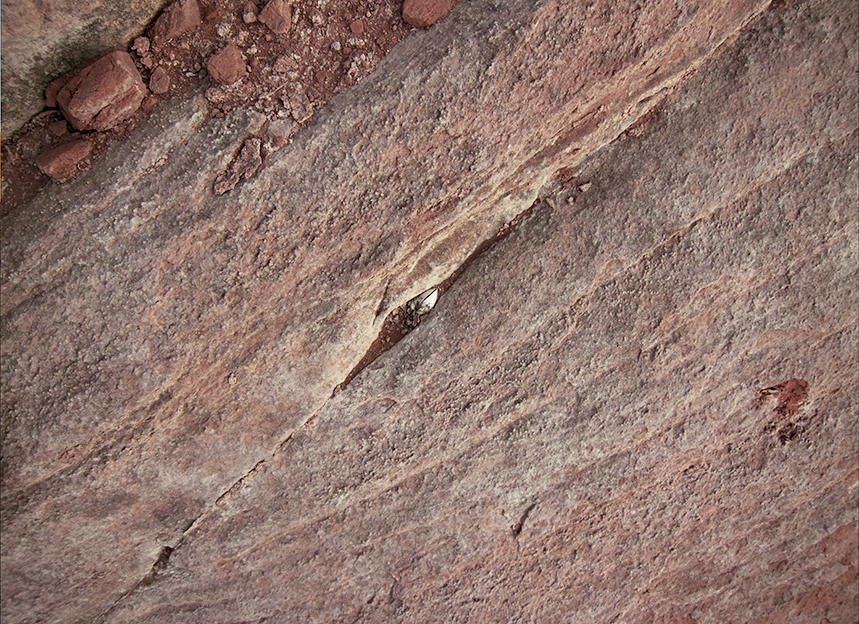
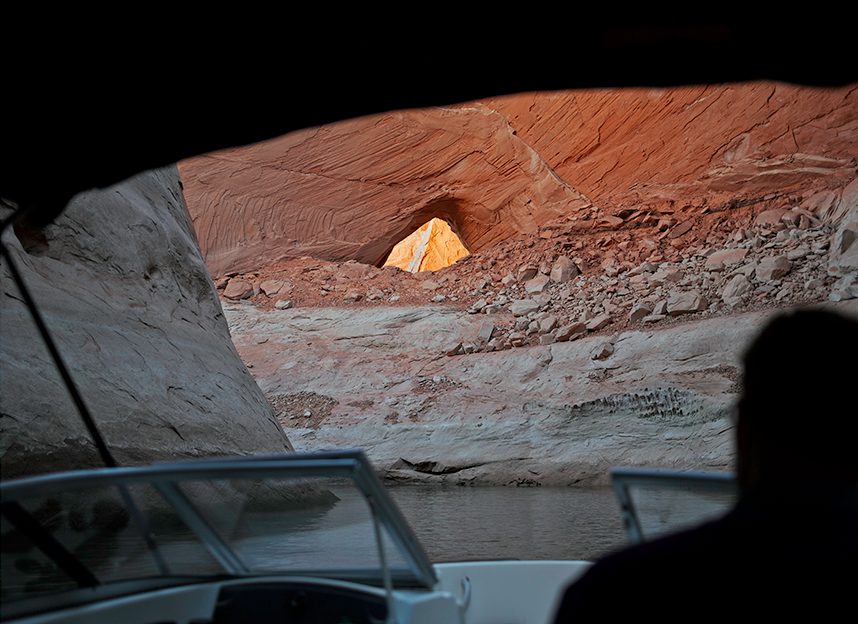















1955 is a foreign country some remember but none will ever visit again. Its certainties have been shattered, and its assumptions revised beyond recognition. The Sierra Club itself was transformed by its win over Dinosaur and its loss at Glen Canyon into a tougher, more far-reaching organization with a much higher profile. Over the ensuing years, debates over nuclear power and pesticides stretched its sense of self and mission. The old idea that you could just put a border around a beautiful place and consider it saved was fading.
In the late 1950s, the alarming news about radioactive fallout across the United States from the frequent above-ground nuclear tests at the Nevada Test Site was one reminder of systemic connection; pesticides were another. Rachel Carson’s 1962 book, Silent Spring, made it clear that our modern poisons spread beyond the places to which they were applied and ended up in us as well as in wilderness. What you did here mattered there. When you switch from thinking about protecting particular places to address the interconnectedness of all things you turn from a conservationist into an environmentalist. The critique of these things led both to a distrust of authority, including the authority of governments and corporations behind these phenomena. What gets called “the sixties” was partly a revolt against this confidence in authority, technology and control of nature.




















In May of 2016 we came back again to what had become a familiar landscape. Understanding this place took time, time for our own understanding to deepen, for the impact of climate to clarify, for us to travel from the still-populated bustle of the lower reservoir to the spaces upstream where, as Mark noted, it felt as though "the party is over." He found exactly the vantage points hed used in carlier years and pulled up his pictures from 2012 and 2014. With the prints in hand, we could see that the river had carved its channel deeper, the plants were lusher on the banks of silt, and the natural processes were, if not restoring the river that was, creating the river that will be. Nature bats last was a favorite motto of the radical environmentalists of the 1980s, but what the word nature means now that human beings have altered the climate itself is hard to say.
What's not hard to say is that Lake Powell is dying and from its corpse the Colorado River is emerging.
On View/In Exhibition
In 2018, Drowned River was on view at the
Center for Creative Photography in Tucson, Arizona
